This is, without doubt, our best year ever for courgettes. Our two plants have produced a continued abundance of courgettes and the freezer is full of various courgette dishes while I am still devising ways of using fresh ones several times a week.
This is today’s harvest.
The plants still have more courgettes coming.
I would definitely go for the more compact plants again next year. As I suspected the self seeded courgette plant didn’t produce. There are plenty of flowers forming but the courgettes are very small, butternut squash shaped and rotting away while still tiny.
I think perhaps that because it has self seeded it has reverted back to an earlier type of plant. The plant is long and rambling and full of buds but I can tell that they won’t get beyond this stage.
It was an experiment to leave the plant in and see what it produced and as the veg plot is emptying it fills some space which helps to keep the cats off.
Once the two producing courgette plants are finished we will empty the plot, dig it over and then fill it with twigs for the winter to keep the cats off. For now the spent plants remain in place to keep it from being bare even though it is rather less than tidy.
It will be interesting to see how long the courgette plants keep producing. I will sort of miss them when they are over.

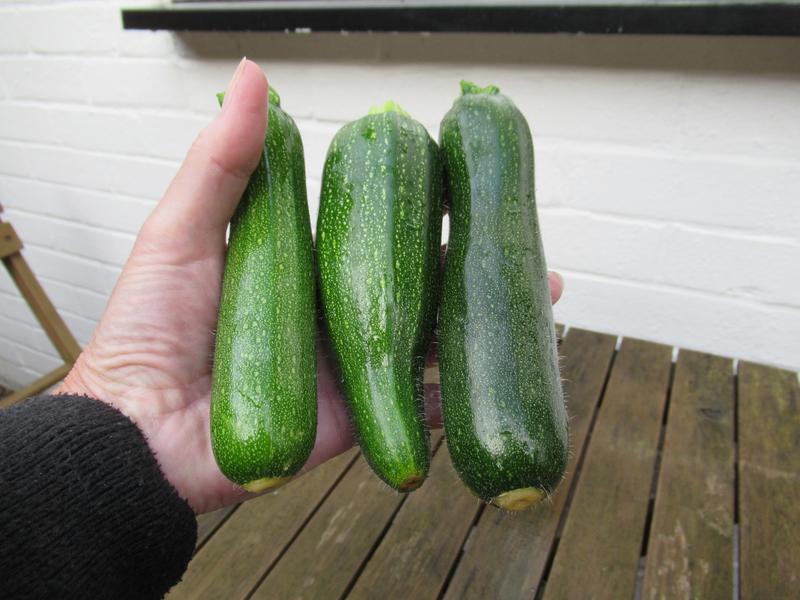
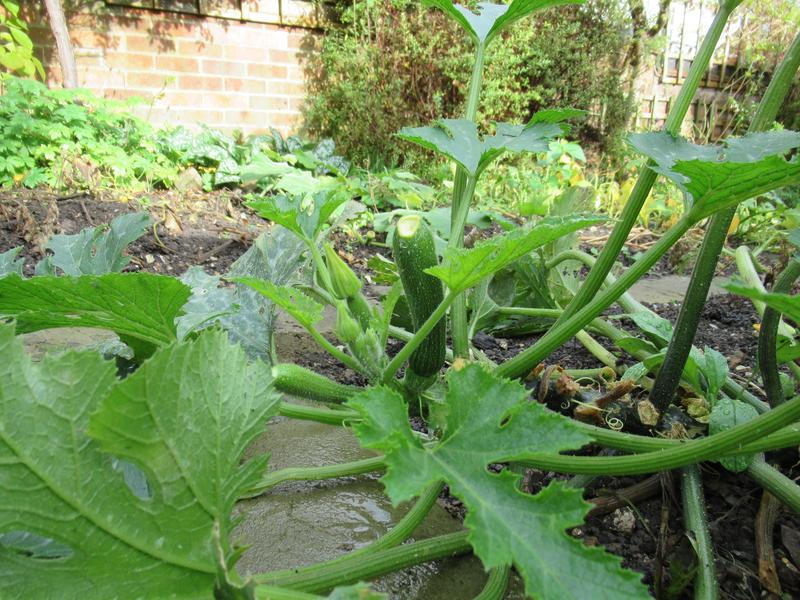
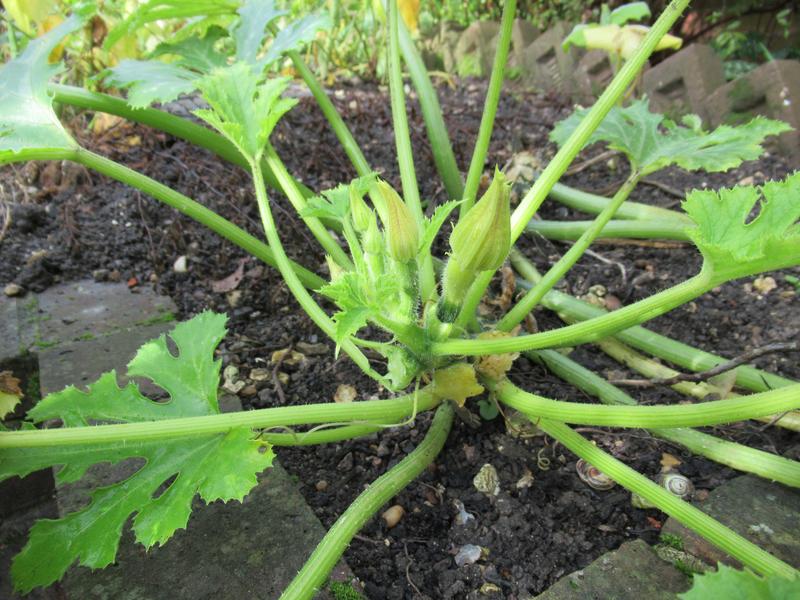
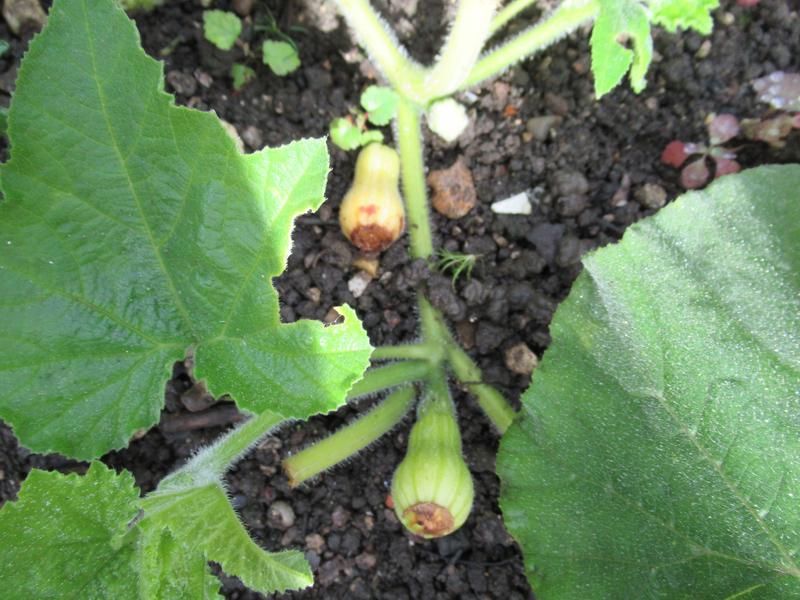
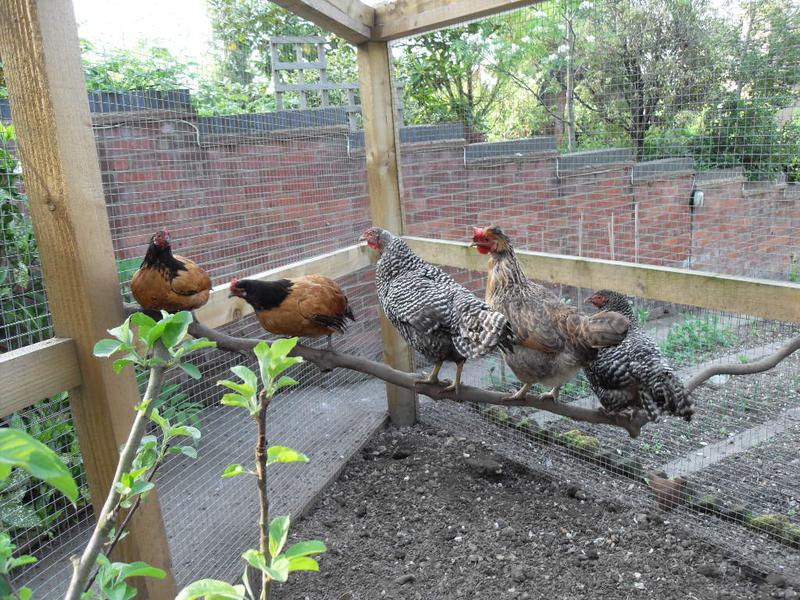 Click here to see the history of my flock.
Click here to see the history of my flock.
Don’t dig it. Cut the plants out at the stems and leave the roots in the ground as extra food, cover the whole are with an inch or two of compost and then add your twigs and then just plant into the soil next year. Don’t get if you can avoid it. The soil and your veggies will thank you for it.
Interesting. I have heard recently of no dig veg plots and think it sounds like a good idea.
I have not heard of this,no harm in trying it.
I have seen it on television. Apparently it’s more natural for the soil and allows the worms to aerate the soil and the soil to break down nourishment naturally. It saves a lot of work too. You just add your compost to the top and then plant. The results are supposed to be good. Worth a try.